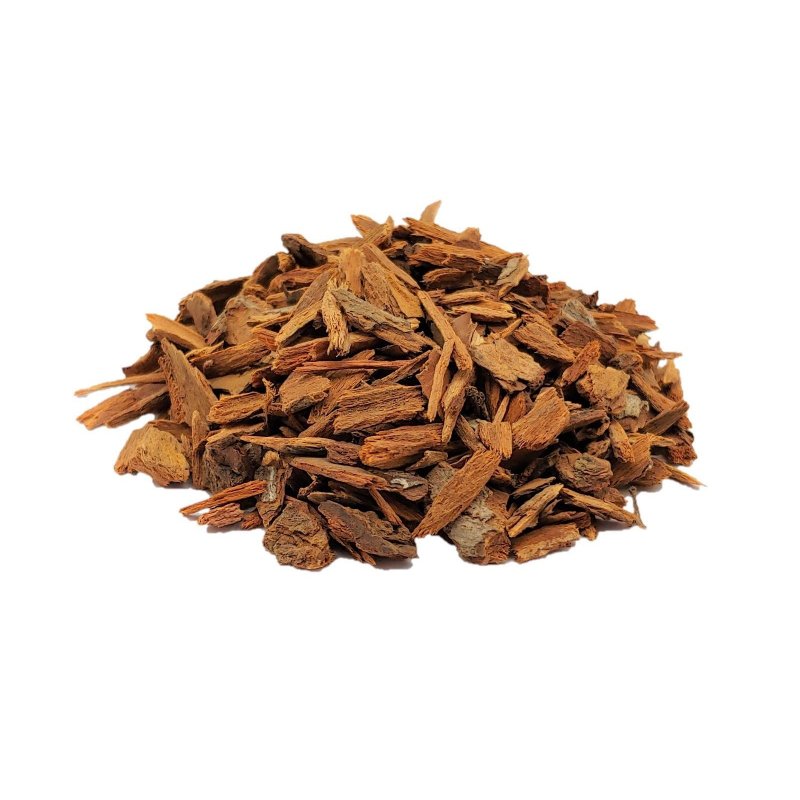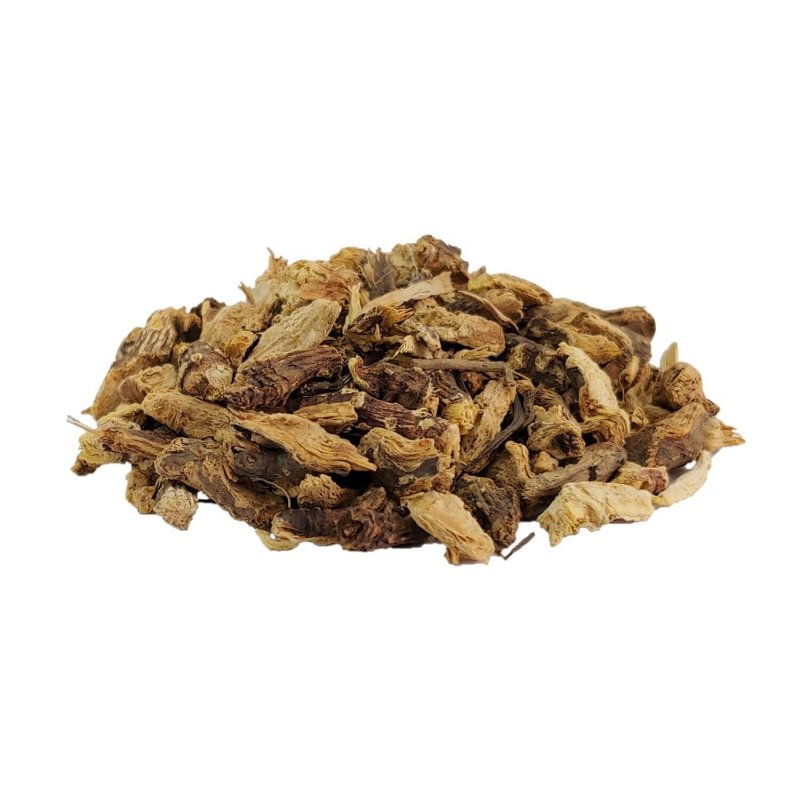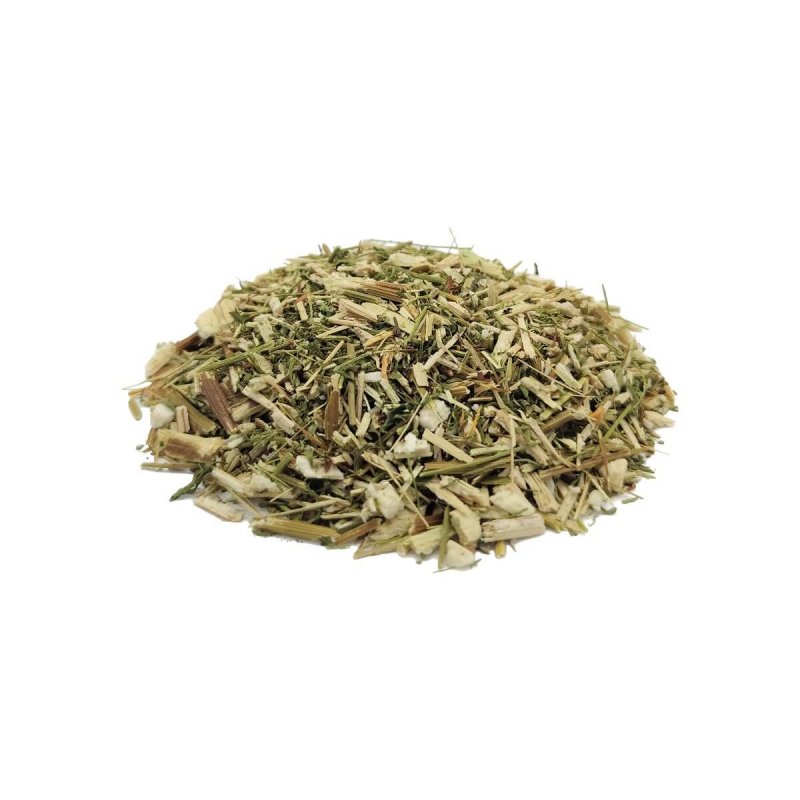Red Cinchona Bark (Cinchona officinalis, L.)
Cinchona Bark | Kina-kina

Fast delivery worldwide
Sent by: DHL, DPD, UPS, MRW, CTT
Red Cinchona Bark Tea
Ingredients: 100% Quinine, bark (Cinchona officinalis).
Curiosities:
Red Cinchona it is a tree of South American origin was overexploited to obtain a substance present in its bark called “quinine”. Due to this excessive exploitation, the Red Cinchona became a protected species and a relevant rarity in Brazil. Most of the existing trees of the Red Cinchona are located in the Amazon rainforest. According to scientific records, the Red Cinchona is thought to have originated in the Andes Mountains and the Amazon Basin. The leaves and root bark are the most consumed parts of this exotic tree.
Red Cinchona Bark Tea can be used in the auxiliary treatment of rheumatic diseases, uric acid, anaemia, osteoporosis, diabetes, tachycardia, and malaria. It may assist in improving digestion, abdominal swelling, fever reduction and muscle relaxation. In some cases, Red Cinchona Tea can be used as a natural painkiller and as a scalp-cleansing solution. Externally, Red Cinchona Tea can contribute to the healing of wounds and the elimination of dandruff.
The genus Cinchona has 40 species in the Rubiaceae family.
Water temperature: 100º
Infusion time: 5 to 10 minutes.
Recommended quantity: 1 dessert spoon per cup (250 ml). It is recommended to consume 2 to 3 cups of tea a day.
Preparation: put 3 tablespoons of red china bark in a container with one litre (1 L) of boiled water. Cover and leave to infuse for 5 to 10 minutes. Finally, strain it, let it cool down a little, and consume it immediately.
Store in a dry (max. 20º) and cool place (max. 60% humidity).
NOTE: The images presented were made by our company, however, the cut typology and dimensions of the plant may vary from supply to supply or season of the year.






 Reviews
Reviews 


